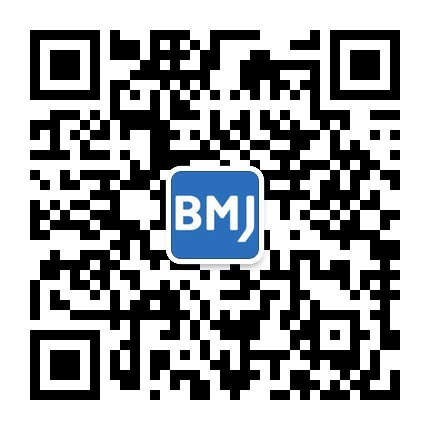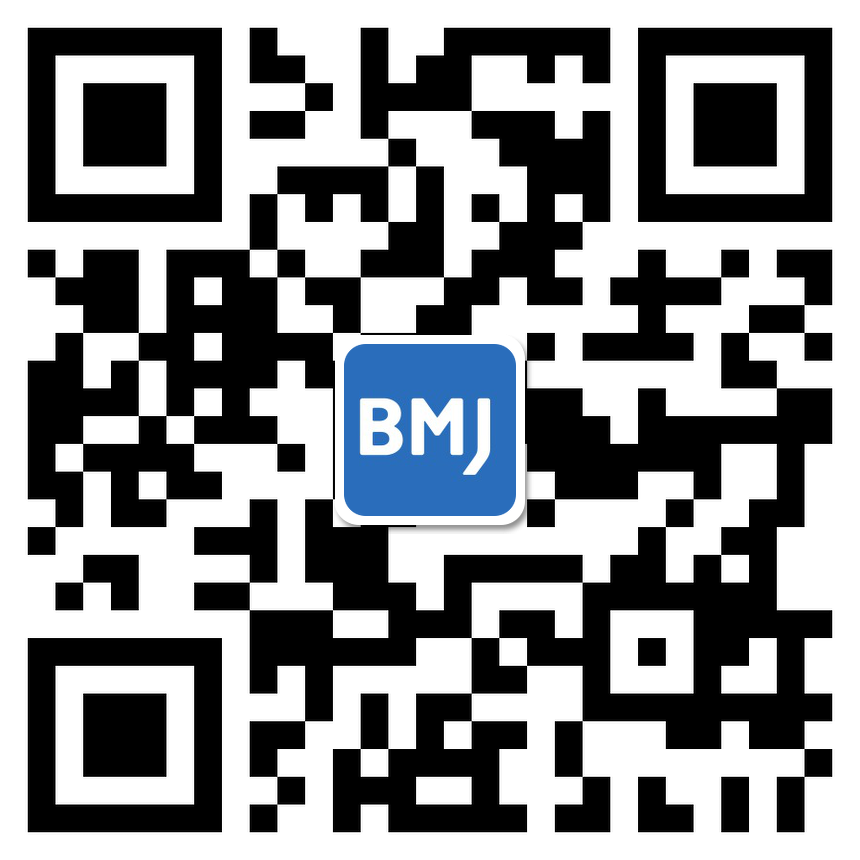内容精选
Content Selection
《英国医学杂志》 研究文章
The BMJ Research
The health, poverty, and financial consequences of a cigarette price increase among 500 million male smokers in 13 middle income countries: compartmental model study [13个中等收入国家的5亿男性吸烟者中,烟草价格上涨对健康、贫穷和财政的影响:区域模型研究]
- 分享:
BMJ 2018; 361 doi: https://doi.org/10.1136/bmj.k1162 (Published 11 April 2018)
Cite this as: BMJ 2018;361:k1162
Author
Global Tobacco Economics Consortium
Abstract
Objective To examine the impact of a 50% increase in market prices of cigarettes on health, poverty, and financial protection.
Design Compartmental model study.
Setting 13 middle income countries, totalling two billion men.
Participants 500 million male smokers.
Main outcome measures Life years gained, averted treatment costs, number of men avoiding catastrophic healthcare expenditures and poverty, and additional tax revenue by income group.
Results A 50% increase in cigarette prices would lead to about 450 million years of life gained across the 13 countries from smoking cessation, with half of these in China. Across all countries, men in the bottom income group (poorest 20% of the population) would gain 6.7 times more life years than men in the top income group (richest 20% of the population; 155 v 23 million). The average life years gained from cessation for each smoker in the bottom income group was 5.1 times that of the top group (1.46 v 0.23 years). Of the $157bn (£113bn; €127bn) in averted treatment costs, the bottom income group would avert 4.6 times more costs than the top income group ($46bn v $10bn). About 15.5 million men would avoid catastrophic health expenditures in a subset of seven countries without universal health coverage. As result, 8.8 million men, half of them in the bottom income group, would avoid falling below the World Bank definition of extreme poverty. These 8.8 million men constitute 2.4% of people living in extreme poverty in these countries. In contrast, the top income group would pay twice as much as the bottom income group of the $122bn additional tax collected. Overall, the bottom income group would get 31% of the life years saved and 29% each of the averted disease costs and averted catastrophic health expenditures, while paying only 10% of the additional taxes.
Conclusions Higher prices of cigarettes provide more health and financial gains to the poorest 20% than to the richest 20% of the population. Higher excise taxes support the targets of the sustainable development goals on non-communicable diseases and poverty, and provides financial protection against illness.




 京公网安备 11010502034496号
京公网安备 11010502034496号